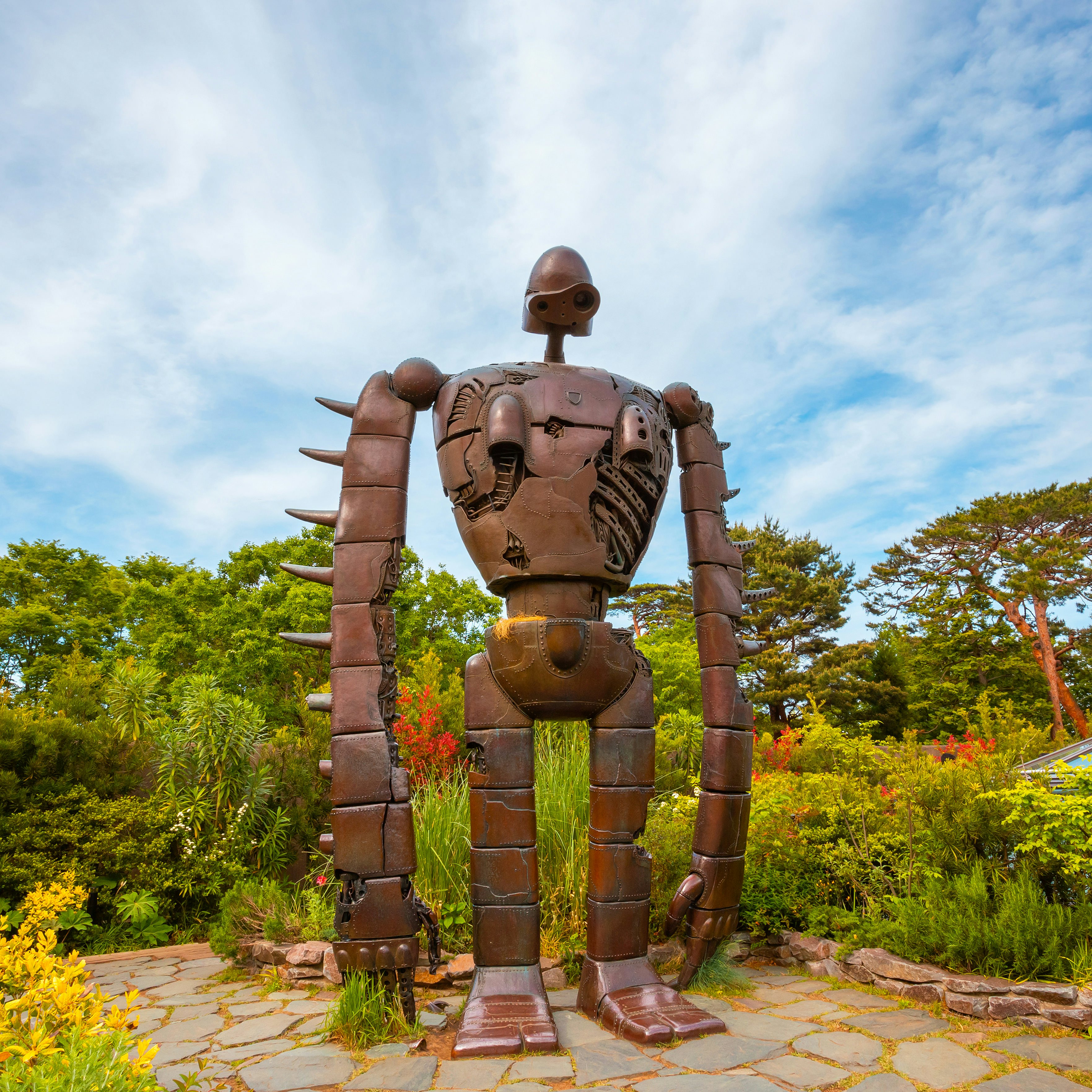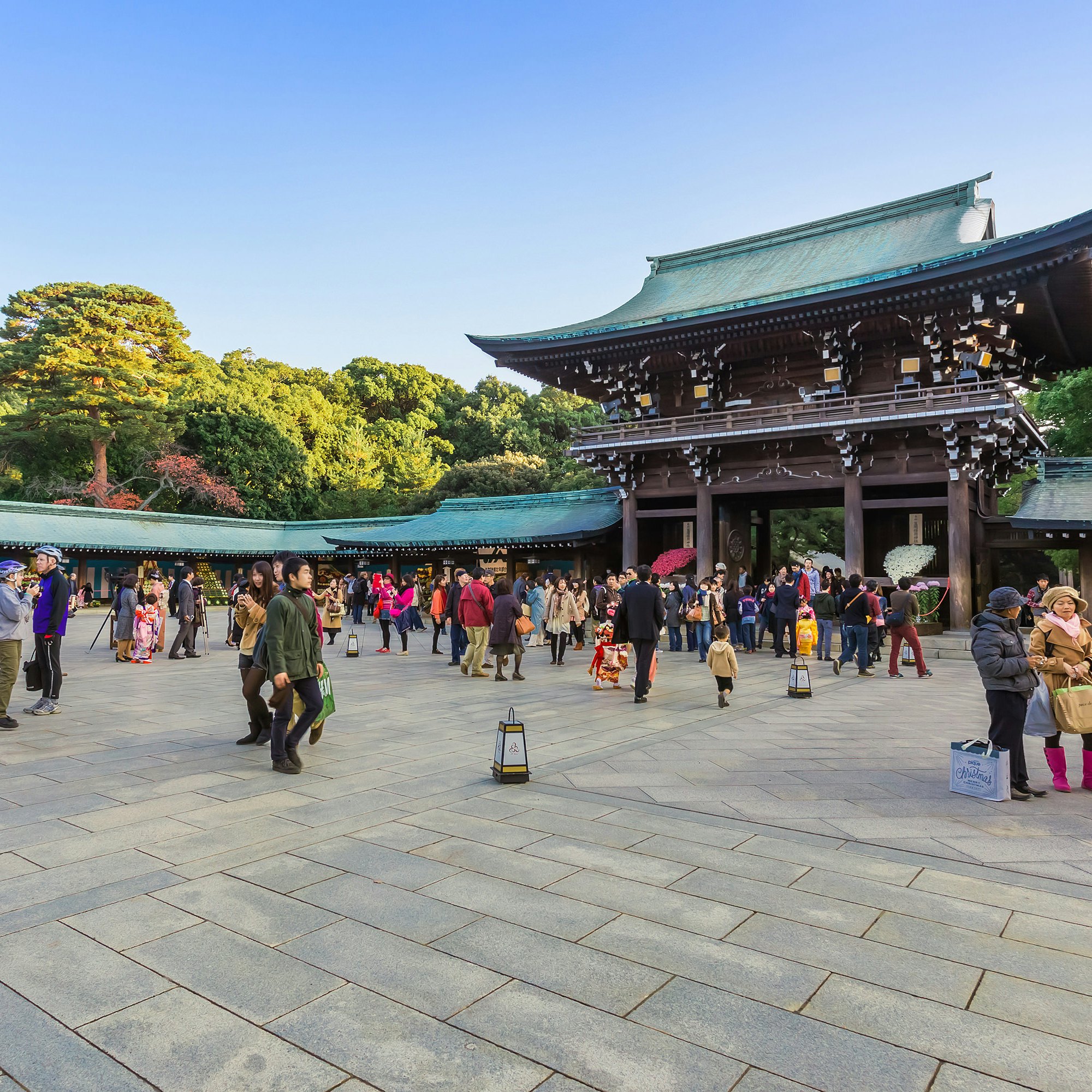
Overview
Yoking past and future, Tokyo dazzles with its traditional culture and passion for everything new, from contrasting architecture to a dynamic arts scene to phenomenal dining throughout.
Leave the planning to a local expert
Experience the real Tokyo. Let a local expert handle the planning for you.
Must-see attractions
Planning Tools
Expert guidance to help you plan your trip
Best Things to Do
From touring the Ghibli Museum to dining on top Japanese cuisine, here's our pick of the best experiences in Tokyo.
Read full article
Best Time to Visit
Cherry blossom in spring; festivals in summer; foliage in fall; and fewer crowds in winter. Here's when to visit Tokyo.
Read full article
Things to Know
Heading to Tokyo? Avoid common pitfalls, respect local customs and make the most of your trip to the Japanese capital with these insider tips.
Read full article
Transportation
Tokyo has one of the best public transport systems in the world, and we've got all the insider info you need to use it.
Read full article
Free Things to Do
Want to see the best of Tokyo without blowing the budget? Here's our list of the best things to do in the Japanese capital without spending a single yen.
Read full article
Best Neighborhoods
The scale of Tokyo can feel overwhelming to visitors. Plan your time with this neighborhood guide.
Read full article
Day Trips
After enjoying Tokyo's charms, we recommend a day trip to see temples, hike mountains and bathe in hot springs. Here are the top day trips from Tokyo.
Read full article
Money and Costs
Tokyo is expensive, but you don't need to max out your credit card to enjoy. Our insider tips and tricks will stretch your yen and save your bank account.
Read full article
Traveling with Kids
Crowded, colorful and charismatic; Tokyo is great fun for families. Here are the best things to do with kids.
Read full article
Get a book. Get inspired. Get exploring.
in partnership with getyourguide

























